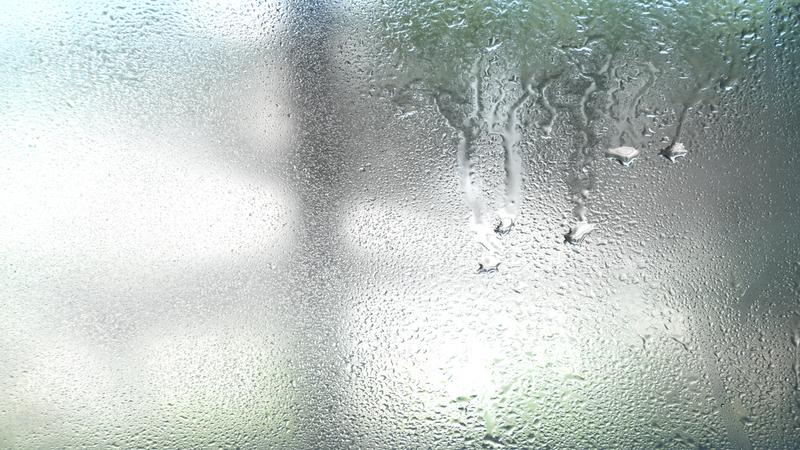High Humidity Measurement... Sensor Technology to the Rescue
Over the years we have encountered many different measurement challenges. Vaisala has many excellent engineers and scientists, so measurement challenges are particularly interesting to us. We thrive on finding creative solutions. Probe pre-warming is one such solution. I’m going to explain it briefly and provide a scenario in which probe pre-warming can speed up your day and improve your measurements.
The Problem: Too Much Moisture
Suppose that you have an incubator that is running at 37°C with a relative humidity value close to saturation; let’s say 90%. This means that the dew point temperature in your incubator is about 35°C. If you would like to insert a probe into your incubator to check the temperature and relative humidity, it’s likely that the probe will be at room temperature, maybe around 20°C.
When the 20°C probe comes in contact with the warm and steamy air (35°C dew point), condensation will form all over the probe and the humidity sensor. Condensation is usually not a problem for our sensors, but when wet, the sensor can provide an invalid value. When the liquid water evaporates from the sensor, the measurement values become valid again.
So, your probe is in the incubator and your RH reading is 100% or some other nonsensical number. If you wait around long enough, the sensor will dry off and the measurement will drop to the true value. This will take some time. Wet things don’t dry off very quickly in moist environments.
What’s to be done? Is this the time for a coffee break?
The Solution: Warmed Probe Technology
There's an elegant way to overcome the challenges presented by high humidity environments. What we did is bond a small platinum RTD directly to the surface of our humidity sensor. This is useful for calculating other humidity values, such as dew point temperature, but we squeezed an extra function out of it.
When we excite the RTD with the proper amount of current, it warms up, and the humidity sensor warms up with it. Using this principle, we can “pre-warm” the humidity sensor, bringing it to a temperature that is higher than the prevailing dew point temperature. When the pre-warmed sensor is inserted into the incubator, there will be no condensation on the humidity sensor. The measurement will be invalid until the sensor cools to the incubator temperature, but this is a fast process compared to waiting for evaporation in a moist environment, and it is easily monitored on the graphical display of the device. The pre-warming process is automated in the sense that it is selected and controlled by the measurement device. The user just has to wait for the “ready” signal. Of course, the downside is that you won’t have as many coffee breaks, but you’ll get your tests done sooner, and you may be able to sneak out and go home early.
(Here's a webinar on this topic. Warmed probe technology is explained at around the 45-minute mark.)
Incubators, stability rooms, and environmental test chambers are all good candidates for devices with sensor pre-warming. I won’t go into commercial details here, except to say that this feature is available on our HM70 hand-held products. You can contact a Vaisala applications engineer if you would like more information on the subject. And you may be delighted to know that we have only scratched the surface here. We have other tricks up our collective sleeve. Stand by for more technology posts.
For more on this topic, below is an Application Note.
Measurement Communities
We’ve just returned from the Measurement Science Conference, held in the Disneyland Hotel on March 18-20. If you are not familiar with the MSC, I’ll give you a brief description, straight from the MSC Web site. MSC was formed as a non-profit organization in 1970. Its purpose is to be a forum for all things related to testing, calibration, and measurement. Participants come from government, military, industry, and academia. The annual meeting includes tutorials and technical presentations. Exhibitors are present to show off their latest innovations and to provide support and education to the measurement community. Of equal importance, all participants have an opportunity to hang out and get to know each other in a pleasant social environment.
This year’s MSC was busier than I anticipated. For exhibitors, there was a good flow of people cruising through the exhibit hall. The technical presentations were interesting and informative. So, you may ask, what was new or different? Two things jumped out at me.
First, during the NCSL 151 healthcare metrology committee open meeting, a gentleman from “Company X” gave a preview of a paper that he plans to deliver this summer at NCSL. The paper covers a subject that is relevant for all metrologists, and particularly those who work in a GxP environment. (It's available for $20.00 on the NCSL website.)
In this paper the gentlemen asks if it is reasonable to use a calibrated device for measuring a value that is beyond its highest or lowest calibration point. Scientists and FDA auditors may have different opinions about this. Stay tuned for this year’s NCSL meeting, and feel free to post your comments or opinions on our blog.
Second, it has become clear that there are not enough new people coming into the field of test/measurement/calibration. The more experienced people are “aging out” of the field and good replacements require a strong pipeline of newcomers. This is also true for process analyzer technicians and engineers.
What is to be done? Beyond luring younger folks into this field, how will we train and educate them? Is there a good career path for those who choose to enter this field? There are no easy answers. Once again, feel free to offer your opinions and suggestions. I know we have a lot of readers with experience in these fields. We can share your suggestions along to folks at MSC and NCSL.



Add new comment